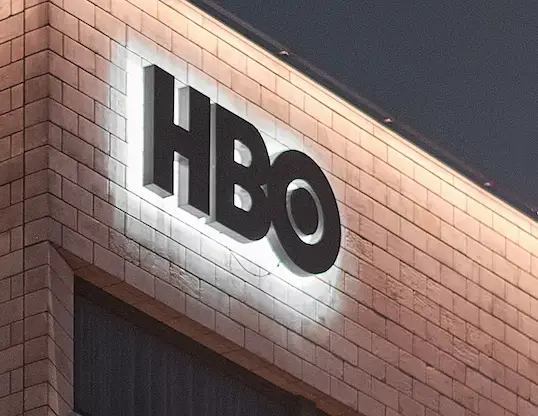Amazon Prime Video Channels (AMZN) has brought back Warner Bros. Discovery’s (WBD) HBO Max, with such popular shows as “The White Lotus” and “Mare of Easttown.”
In an announcement Tuesday, both companies revealed Prime customers who want to sign up with HBO Max will once again be able to do so for $14.99, which is the same price it is available for from other platforms.
Under the multi-year deal struck between the two entertainment giants, subscribers to Amazon Prime will automatically be opted in to the coming HBO Max/Discovery streaming service, which is set to launch next spring. The deal’s terms were not described in the announcement.
In September of 2021, Amazon Prime ceased offering HBO Max as a premium add-on, due to AT&T failing to reach an agreement with Amazon to extend distribution.
AT&T executives were at the time, seeking to gain additional control over the direct to consumer relationship, as well as more data on viewership. A reported 5 million HBO Max subscribers were cut off from the channel when it was dropped, and did not seek to sign up through the direct HBO Max app due to glitches on the platform.
Although Warner Bros Discovery shares initially rose about 3% on the news, they fell lower along with the broader market’s moves in morning trading.
Bruce Campbell, chief revenue and strategy officer at Warner Bros. Discovery, released a statement saying, “Warner Bros. Discovery is committed to making HBO Max available to as broad an audience as possible while also advancing our data-driven approach to understanding our customers and best serving their viewing interests.”
In the third quarter, despite the massive breakout success of “House of the Dragon’s,” Warner Bros. Discovery reported subscriber growth missed expectations. The report detailed net subscriber additions reached 2.8 million, below the 3 million expected. There were 94.9 million paying users across the DTC division. Long term guidance has set a target of 130 million paying users by 2025.
Warner Bros. Discovery shares are down over 50% for the year, which has been attributed to macroeconomic challenges, restructuring charges, linear television subscriber losses, and the general slowdown in advertising that has occurred due to the recent economic cooling.
The company has also been cutting costs, most notably of late with a raft of layoffs at CNN.

